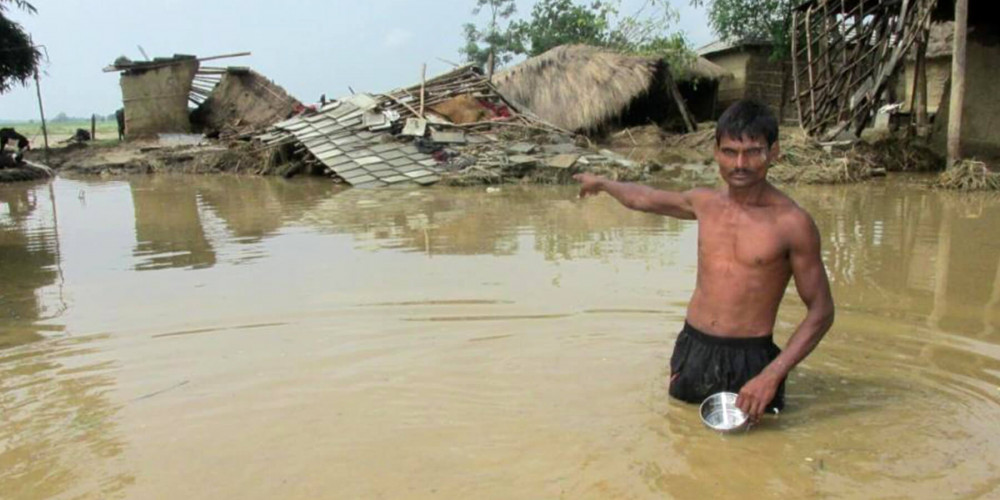KIT Blog
Update 2: Your co-operatives to distribute your relief packages
Following flash floods and landslides in Nepal, severe shortages of shelter, food and safe water remain. This disaster has affected 75,000 families—displacing almost 20,000—and killing at least 123 people.
The Government of Nepal is working with humanitarian organisations to get supplies to affected people. This process has been difficult and slow. Current efforts are prioritising the fair and appropriate distribution of relief packages. But this is understandably frustrating for those urgently needing help. They have also given payments to those who have lost family members and those without food. Trained security and emergency services have been conducting search and rescues tasks.
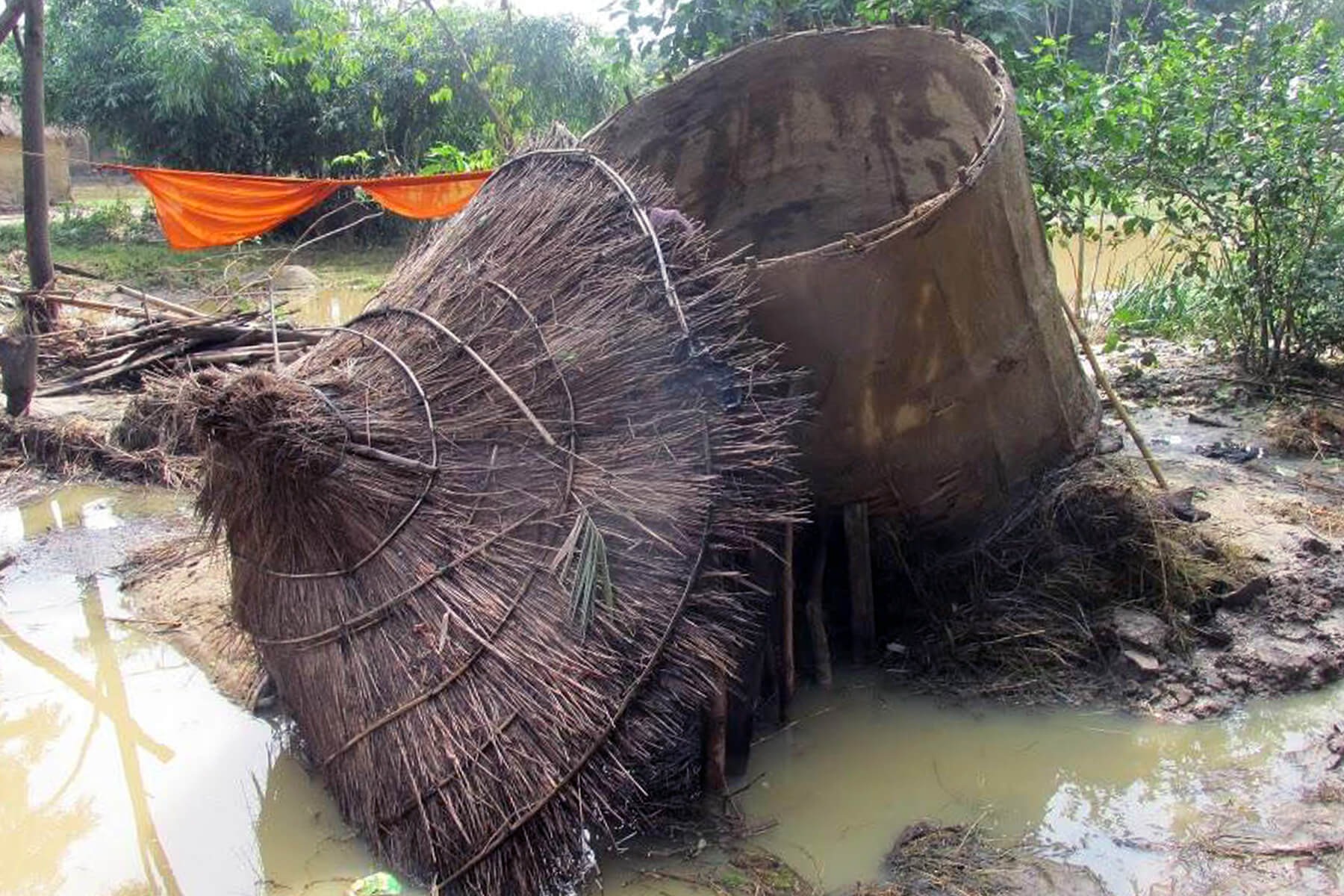 Damaged grain storage
Damaged grain storage
Many areas in the Rautahat district, in Nepal’s centre-south, are still inaccessible or underwater. Bishnu, Project Manager of your PACED CHAMP project, reports that of 75 houses, 15 have collapsed. Flood waters have severely damaged the rest. The far-eastern-south regions of Jhapa and Sunsari are highly affected by the floods. Andrew Sithling is the Director of the Nepal Leprosy Fellowship that implements your RECLAIM EDR project. He reports that the floods have fully damaged a third of all affected homes.
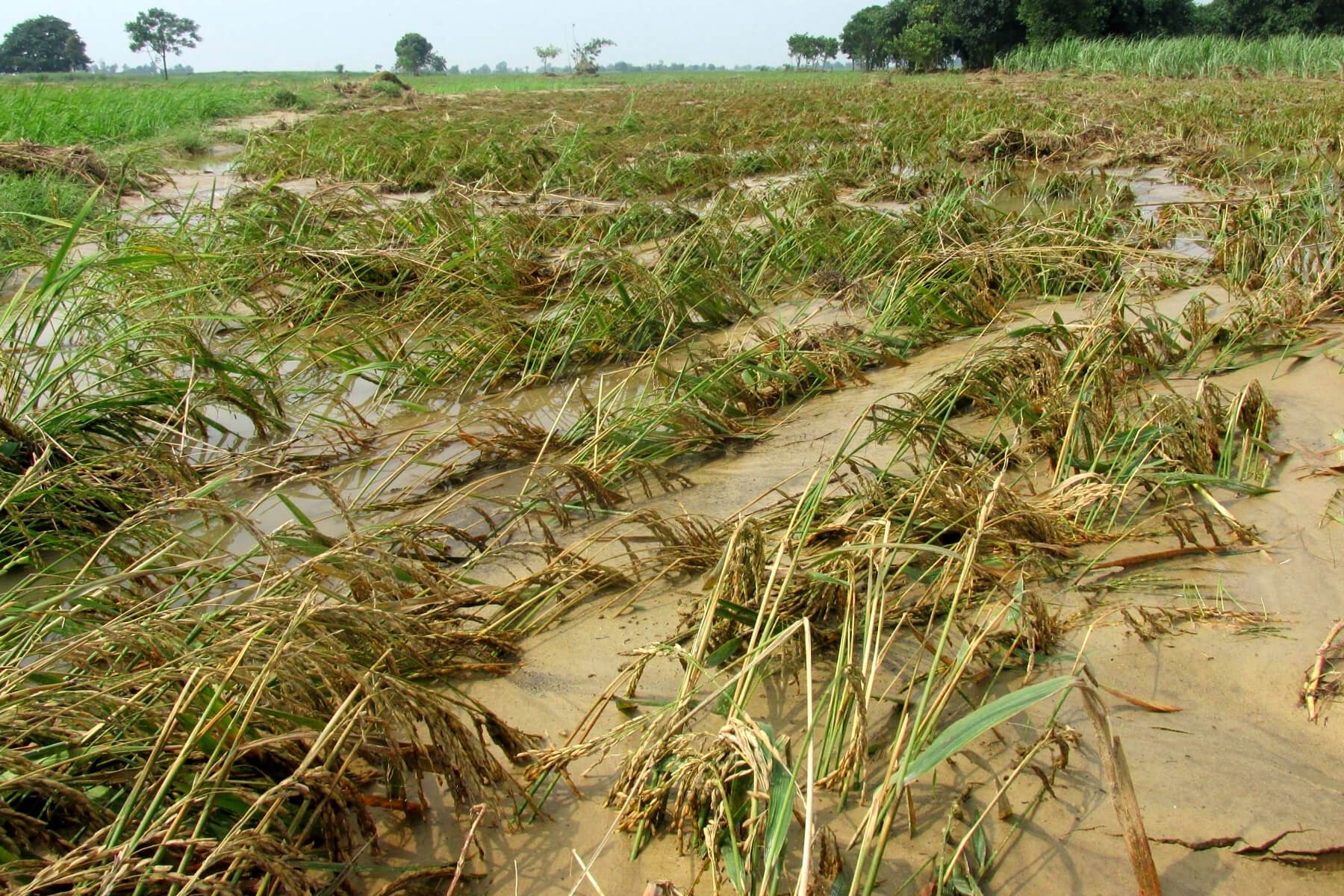 Flood-damaged crops, the only means of survival for many local people in the Parsa district
Flood-damaged crops, the only means of survival for many local people in the Parsa district
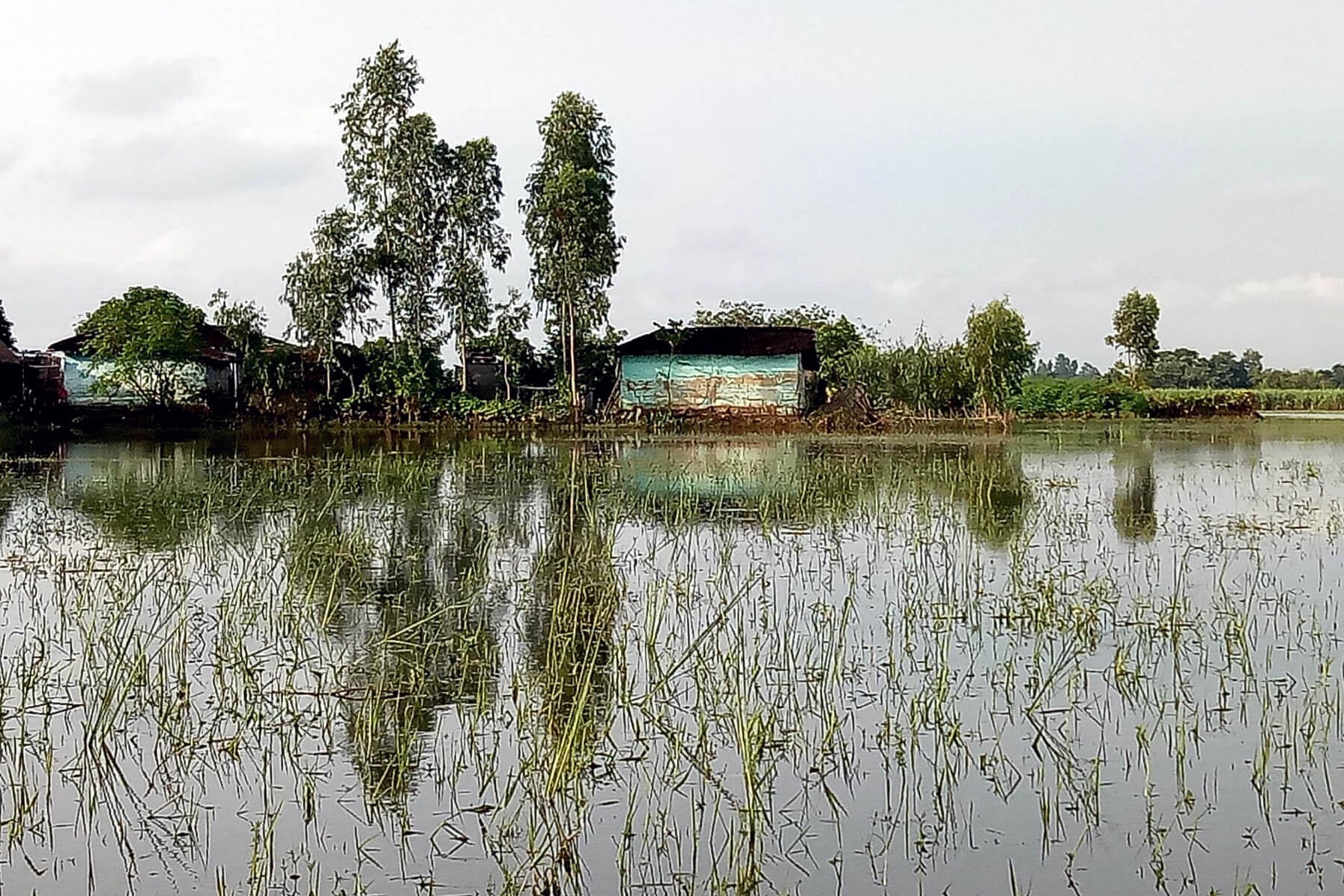 Crops destroyed by flood waters in Rautahat district
Crops destroyed by flood waters in Rautahat district
Many families do not have food to survive nor a suitable place to sleep. The floods have swept away or ruined all their belongings. Some have constructed makeshift shelters with locally-made tarpaulin. 500 tarpaulins that you helped provide following the 2015 Earthquakes will be re-distributed to flood-affected people. Safe shelter will become essential in the coming months as they face further rain and the threat of waterborne diseases. The Leprosy Mission Nepal are already mobilising cooperatives of people affected by leprosy to distribute your relief packages. These packages will help these families get food and shelter as needed.
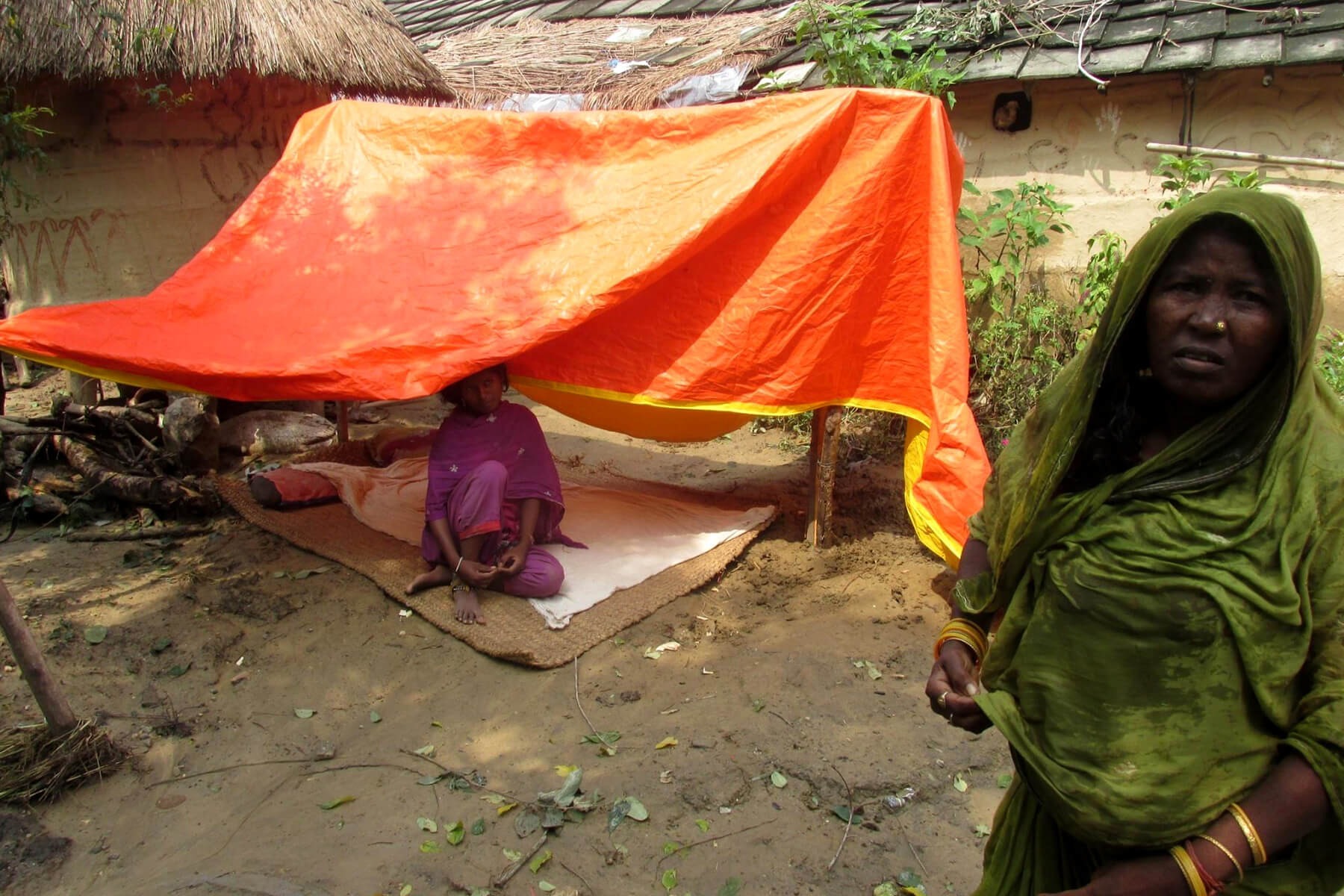 Flood affected women stay under a makeshift tarpaulin shelter in Parsa district
Flood affected women stay under a makeshift tarpaulin shelter in Parsa district
Anandaban hospital is part of a network of disaster-responsive hospitals in the Central region of Nepal. It’s helping to organise and equip a medical health camp to support people with emergency relief. The camp will be able to assess and treat people with skin-, diarrhea-, respiratory system- and general health-related issues. The Leprosy Mission Nepal is also making preparations to give post-disaster psychosocial counselling. This will support those traumatised by displacement, the loss of family and/or friends, injury, disability and loss.
Australian supporters came together to help raise more than $20,000 to provide 250 Relief Packages for Nepali families displaced by the floods.

